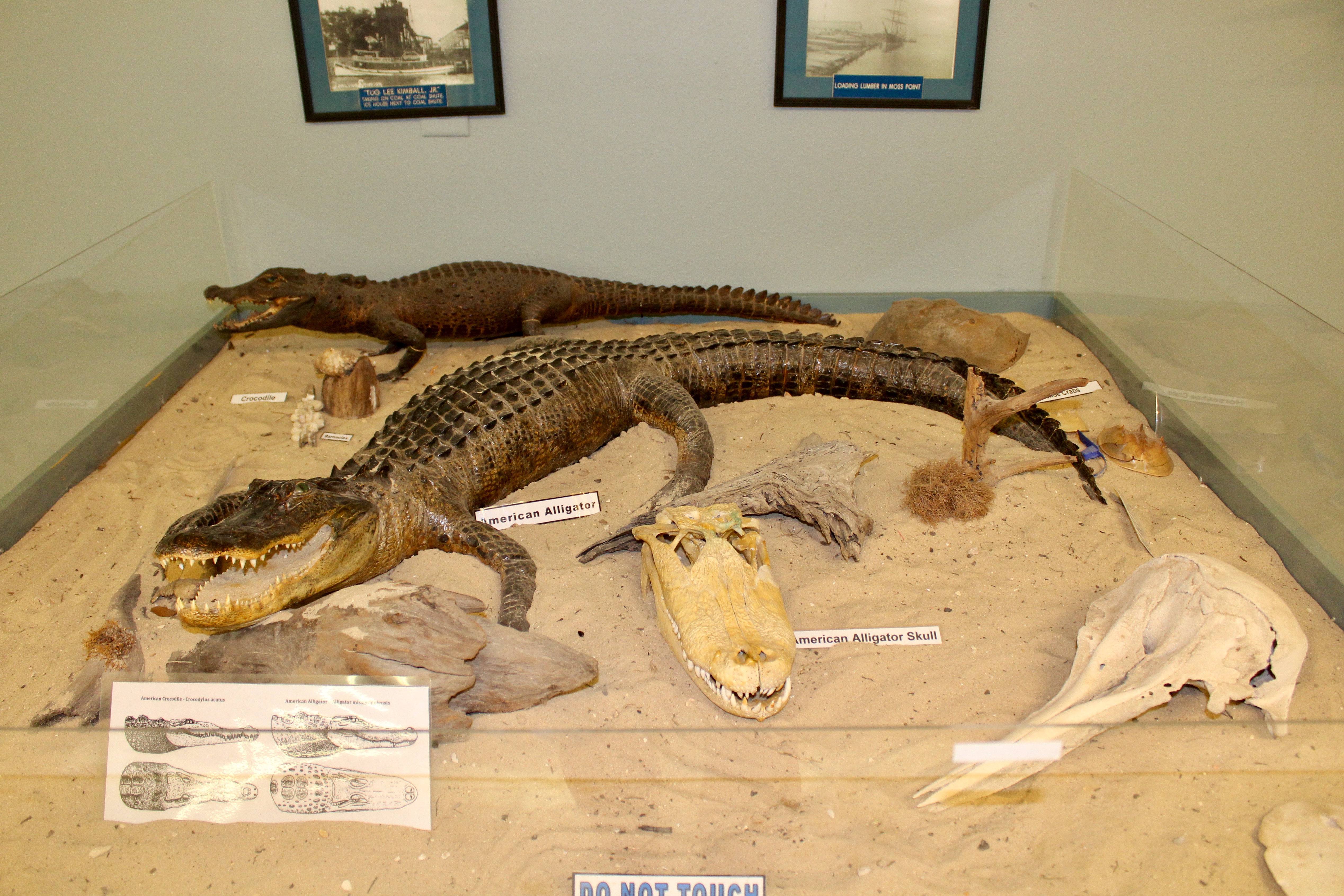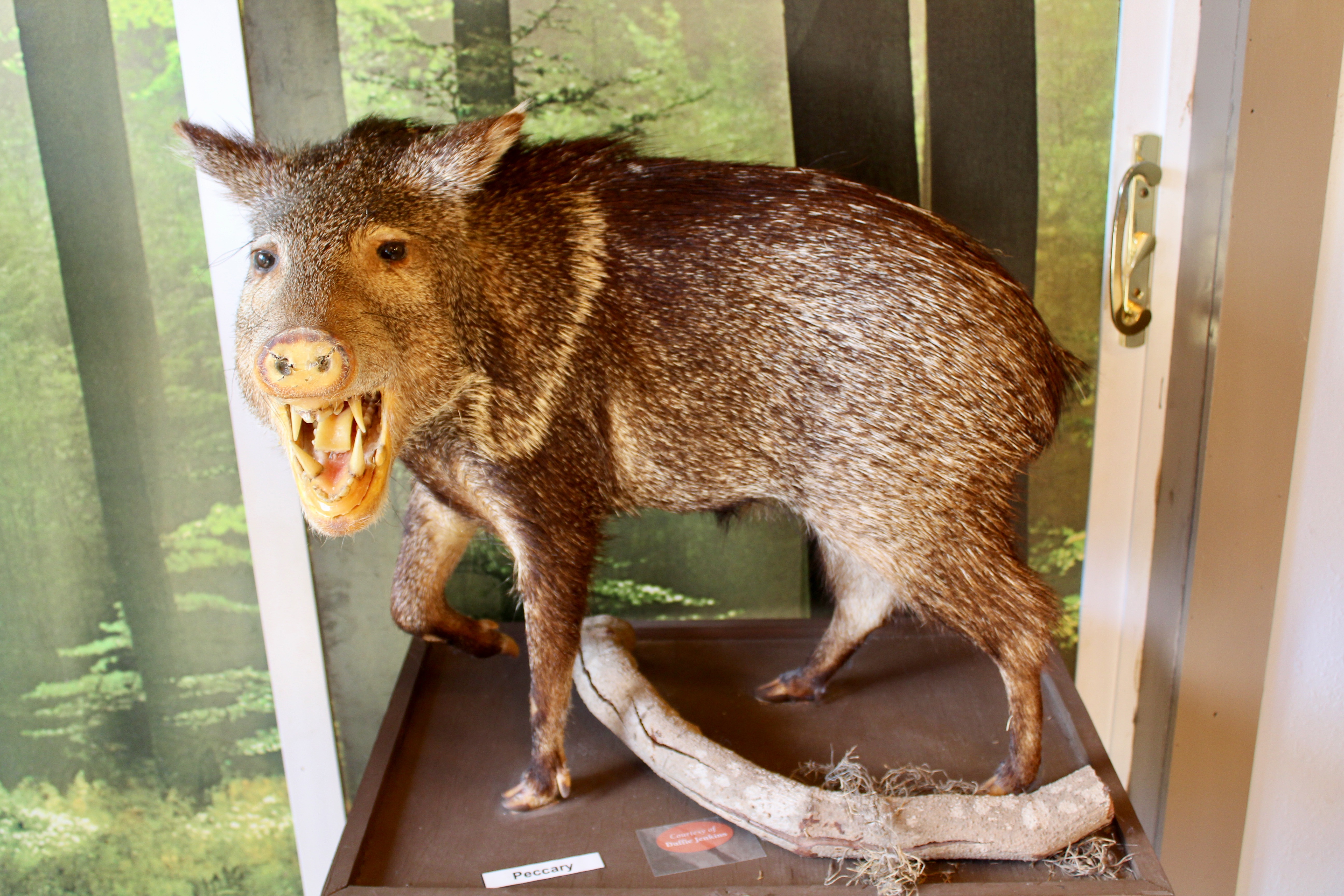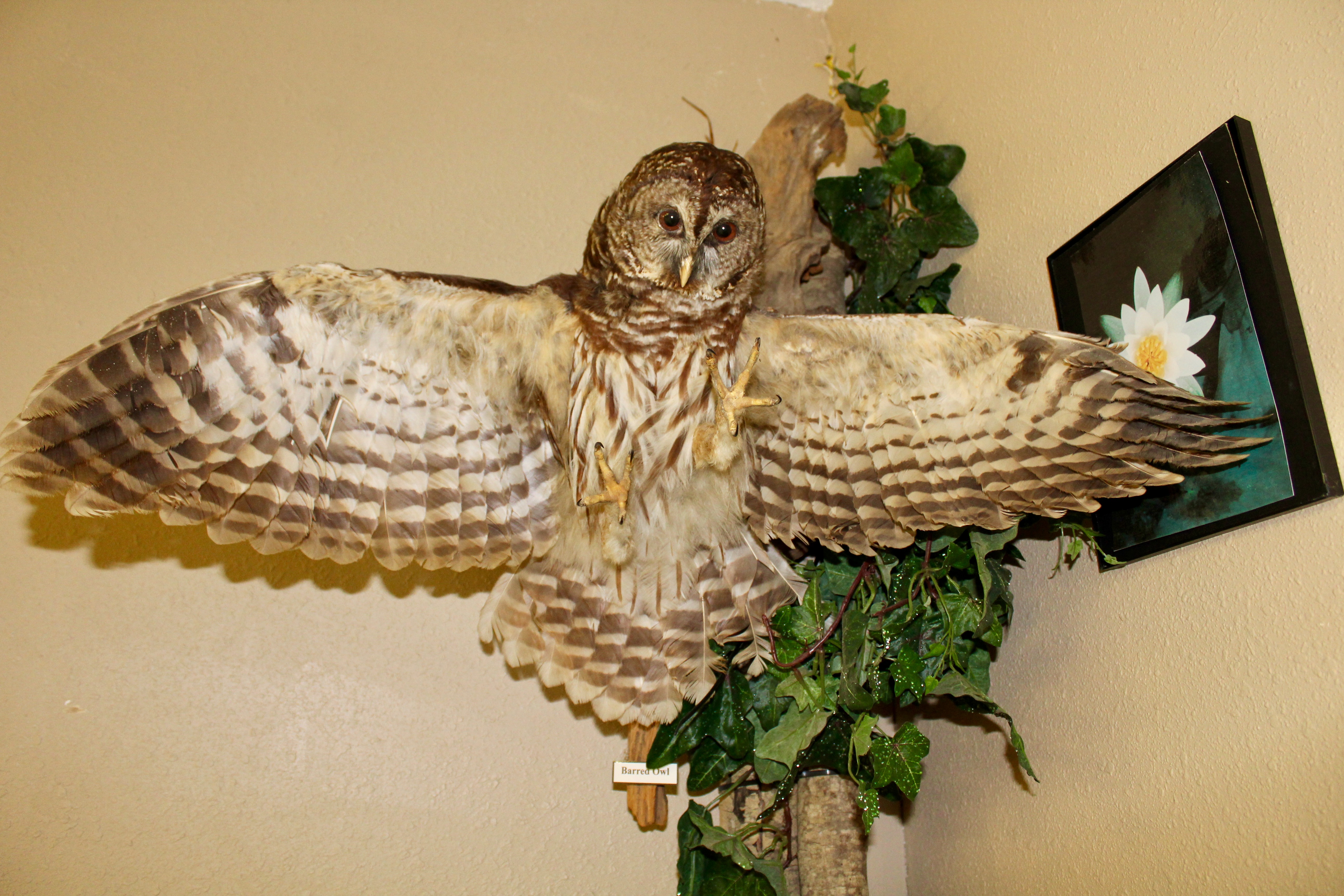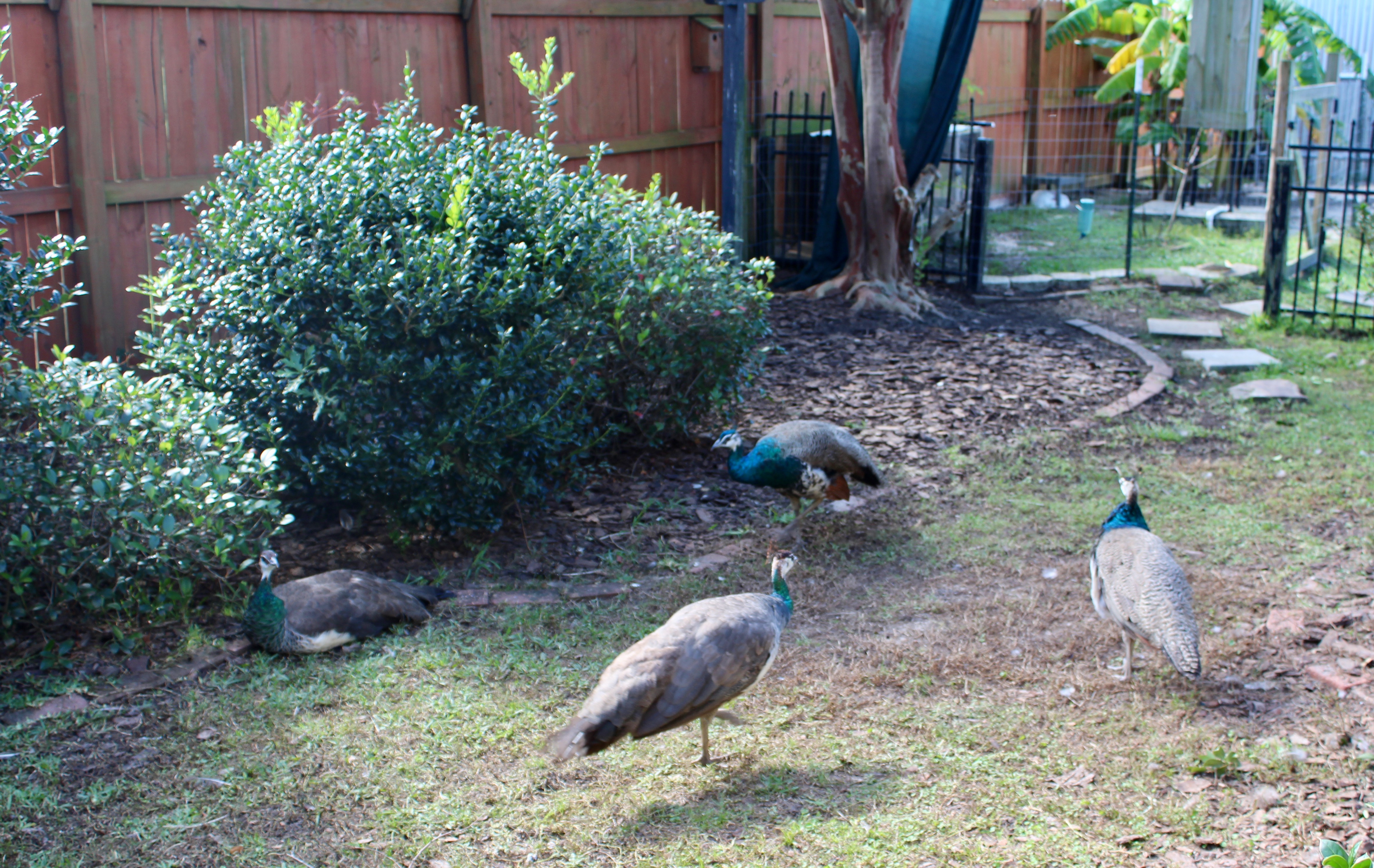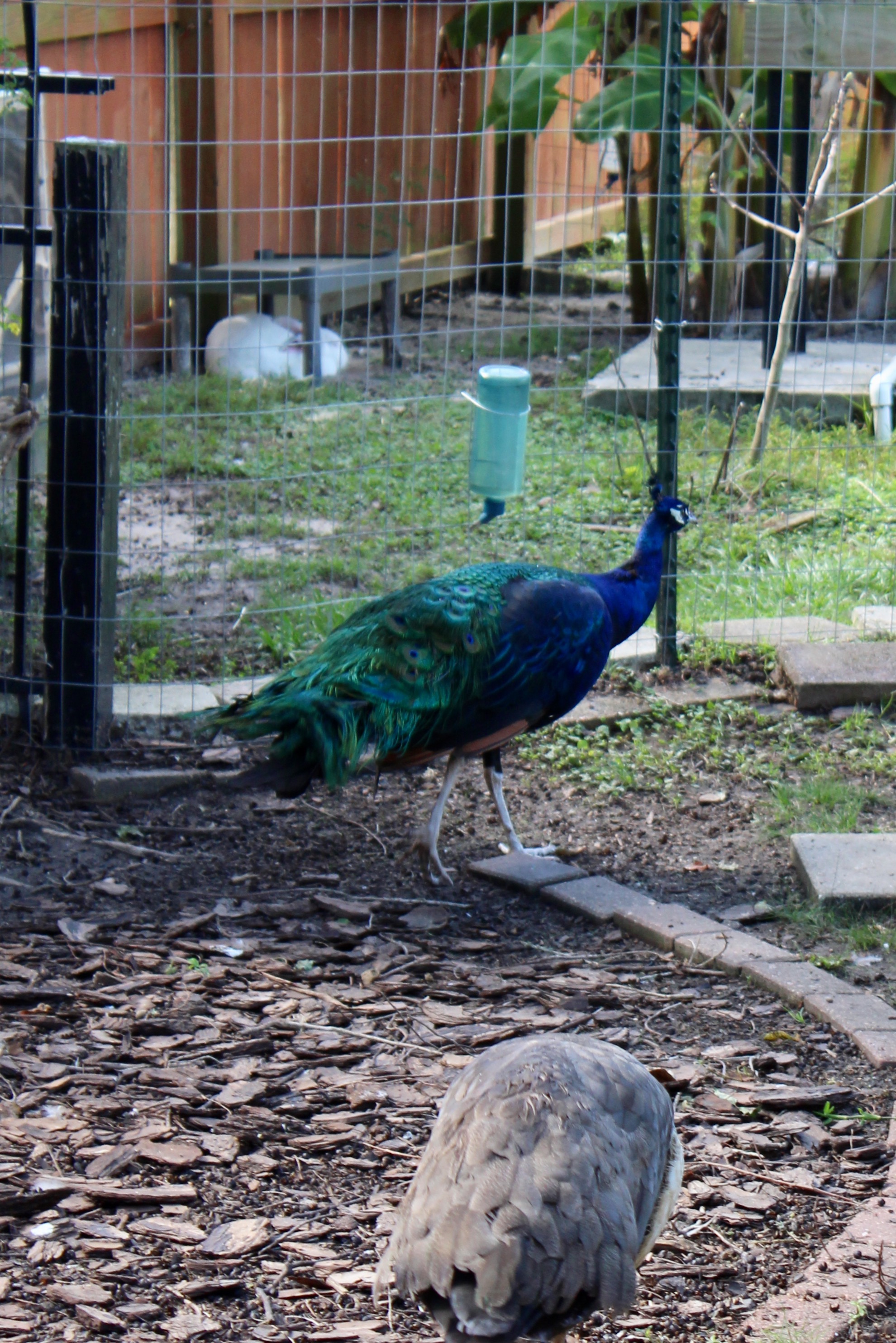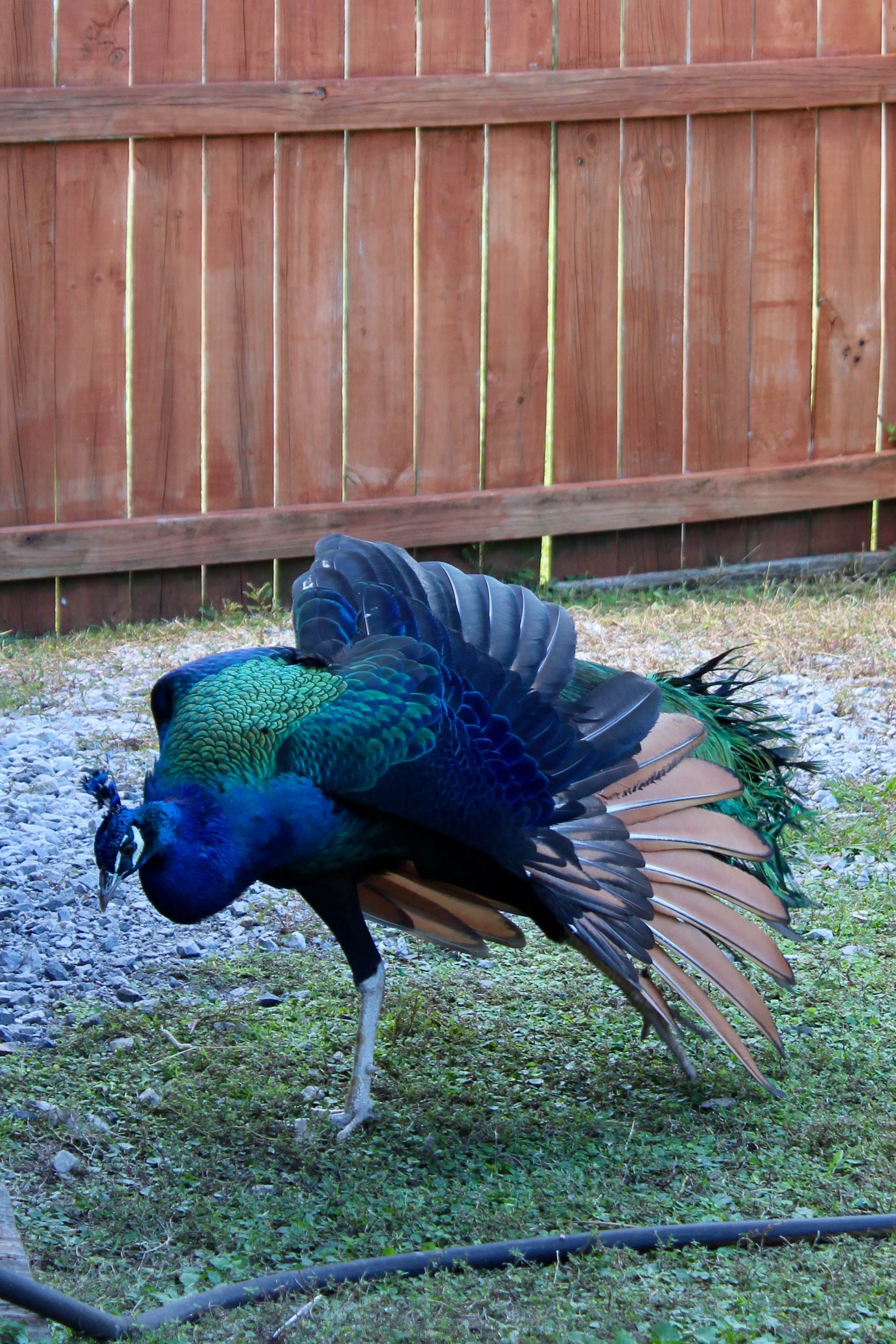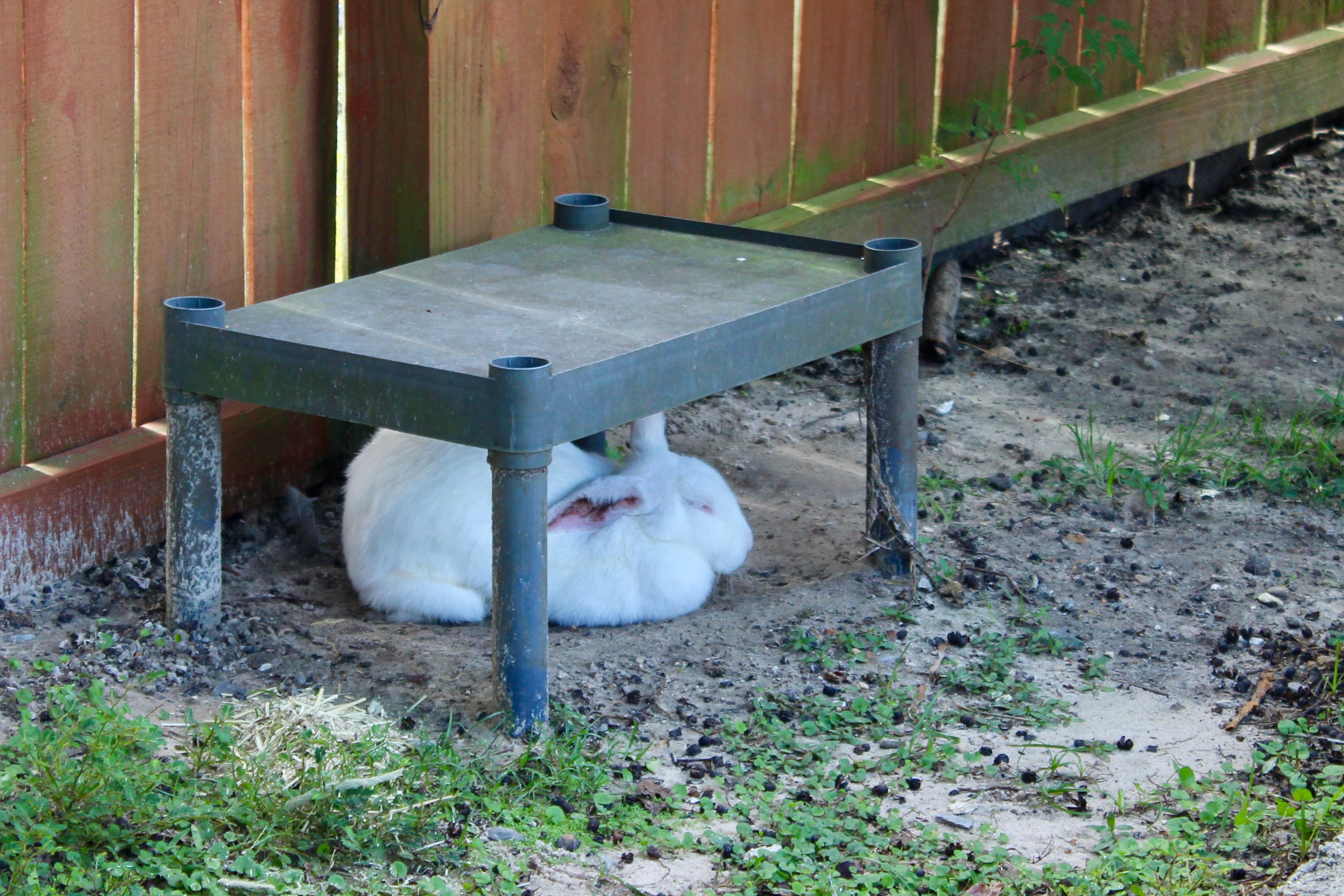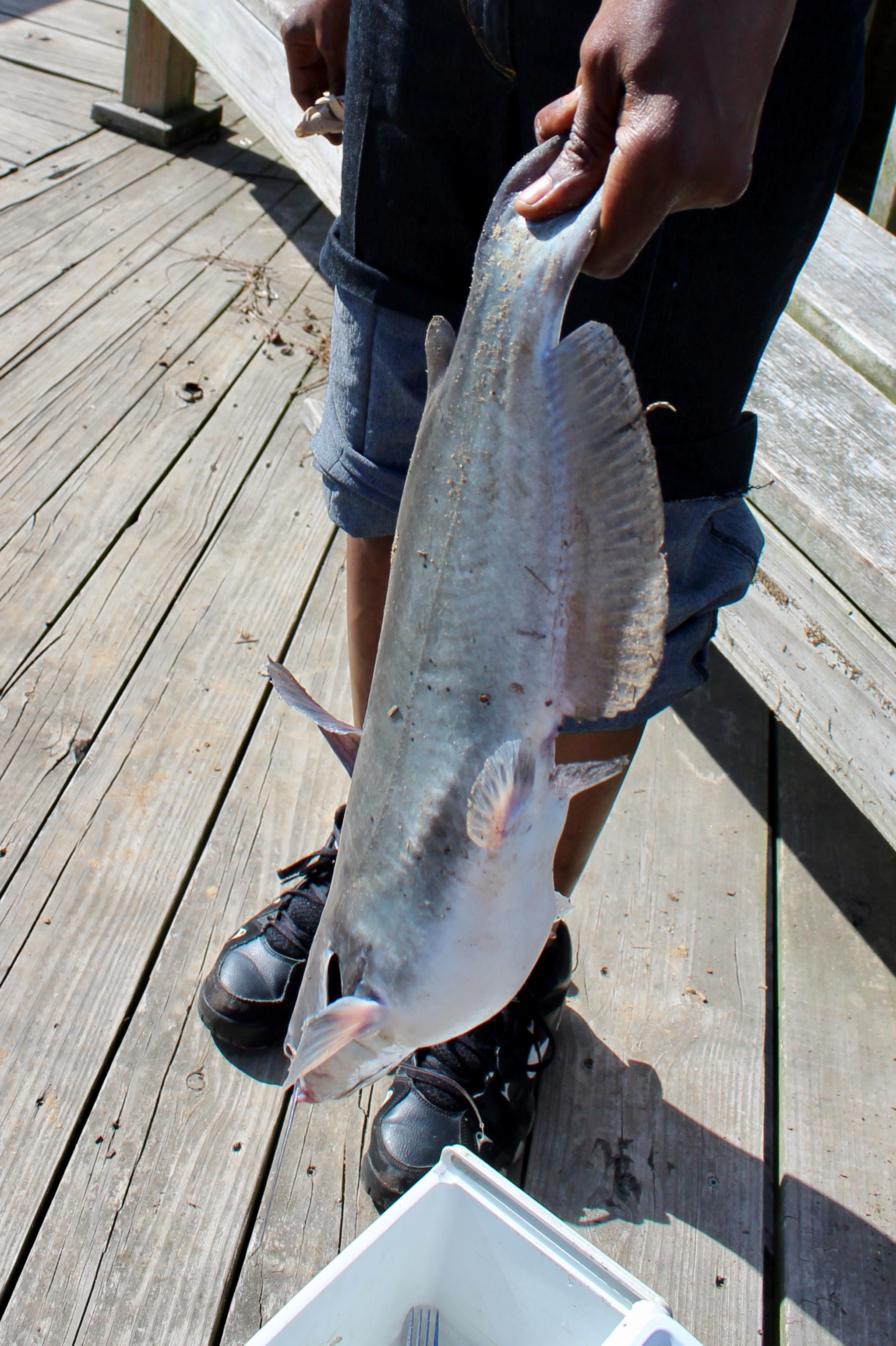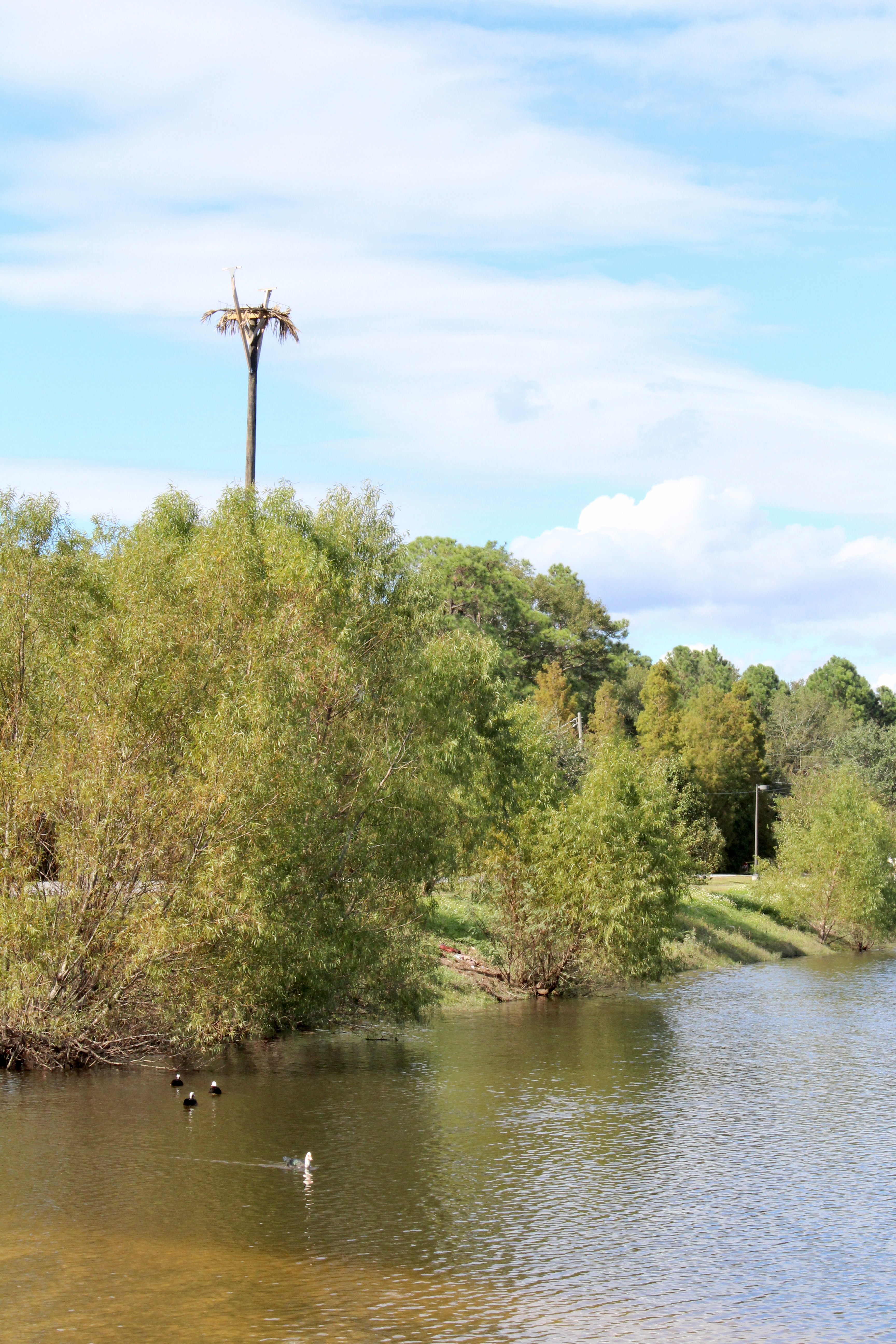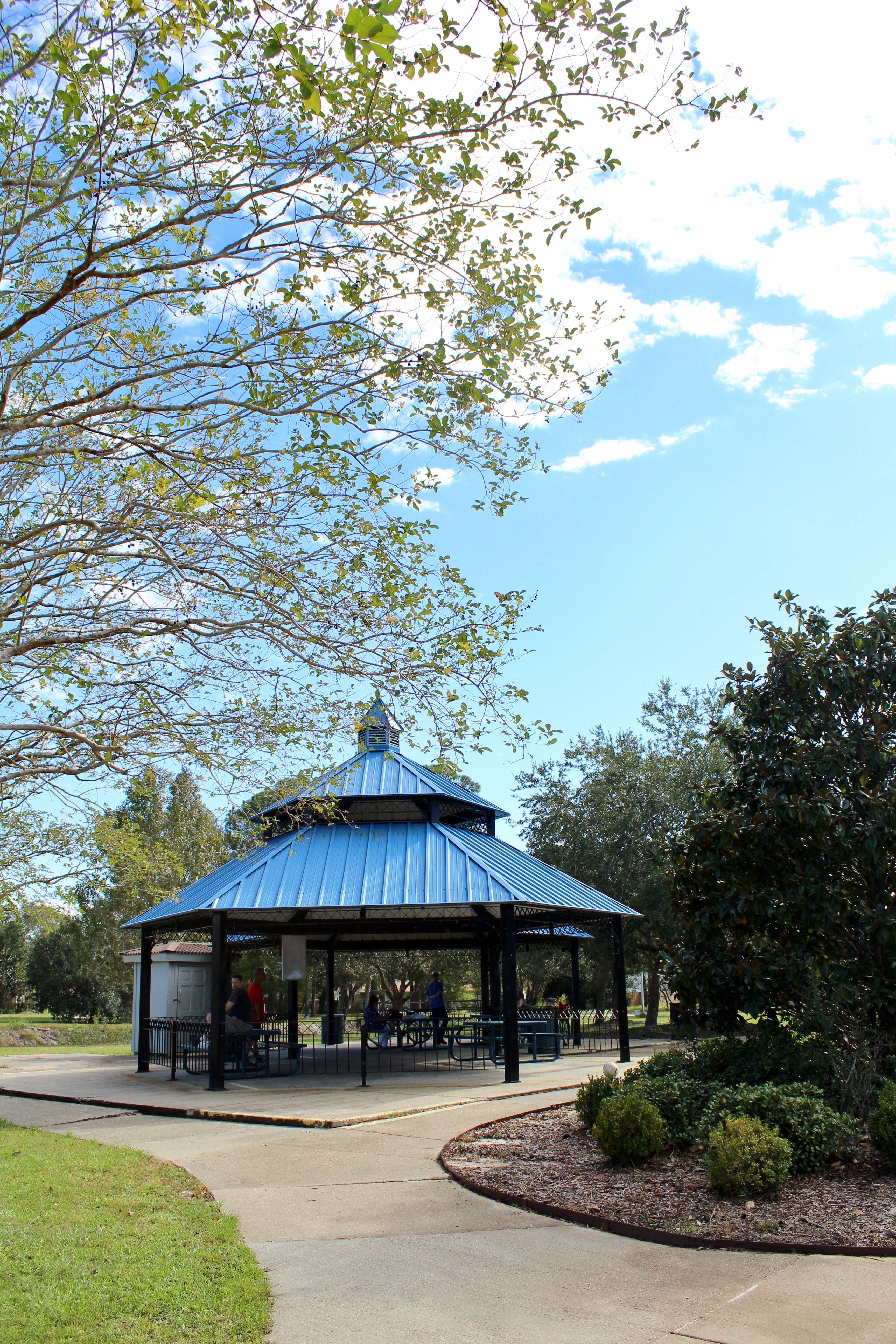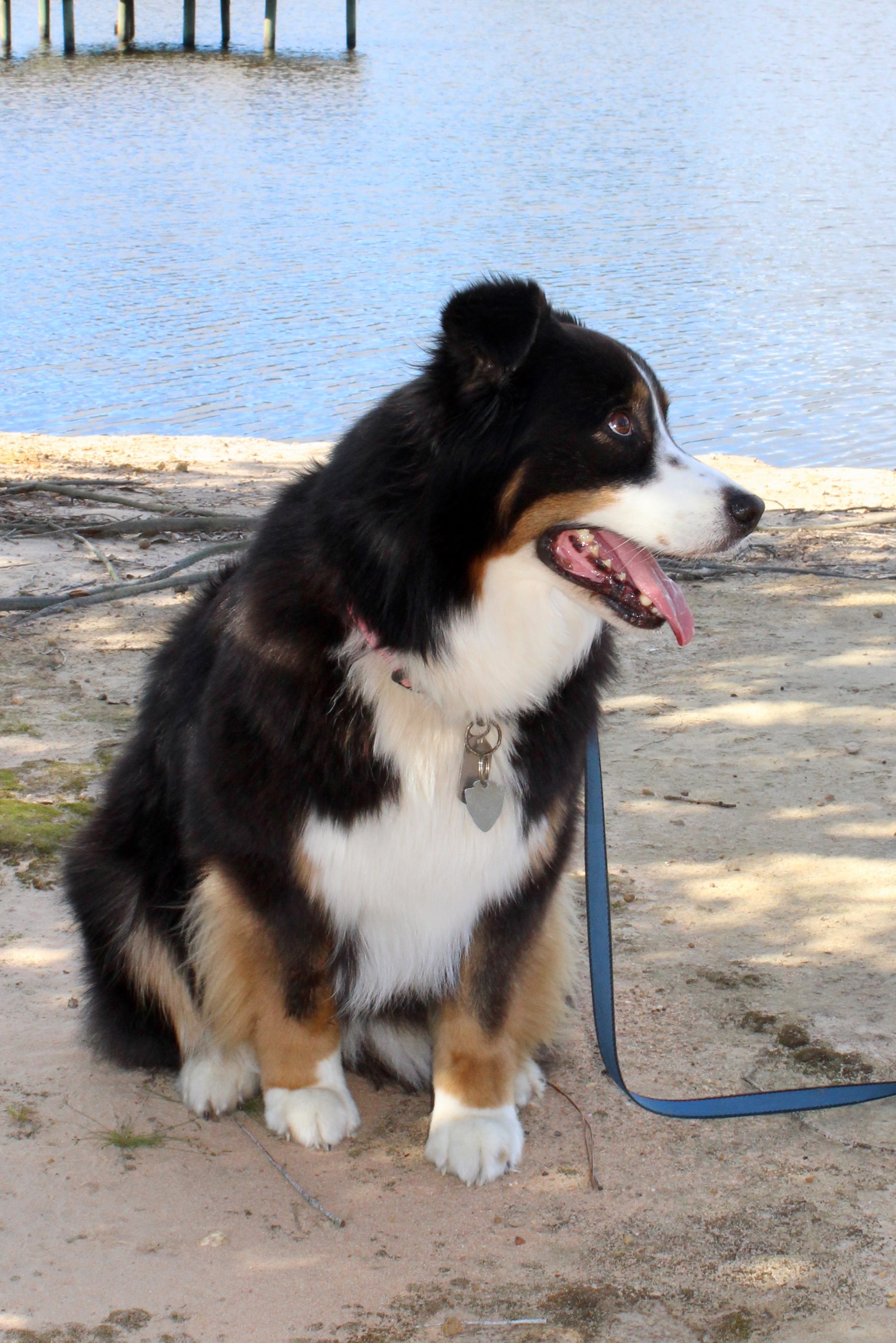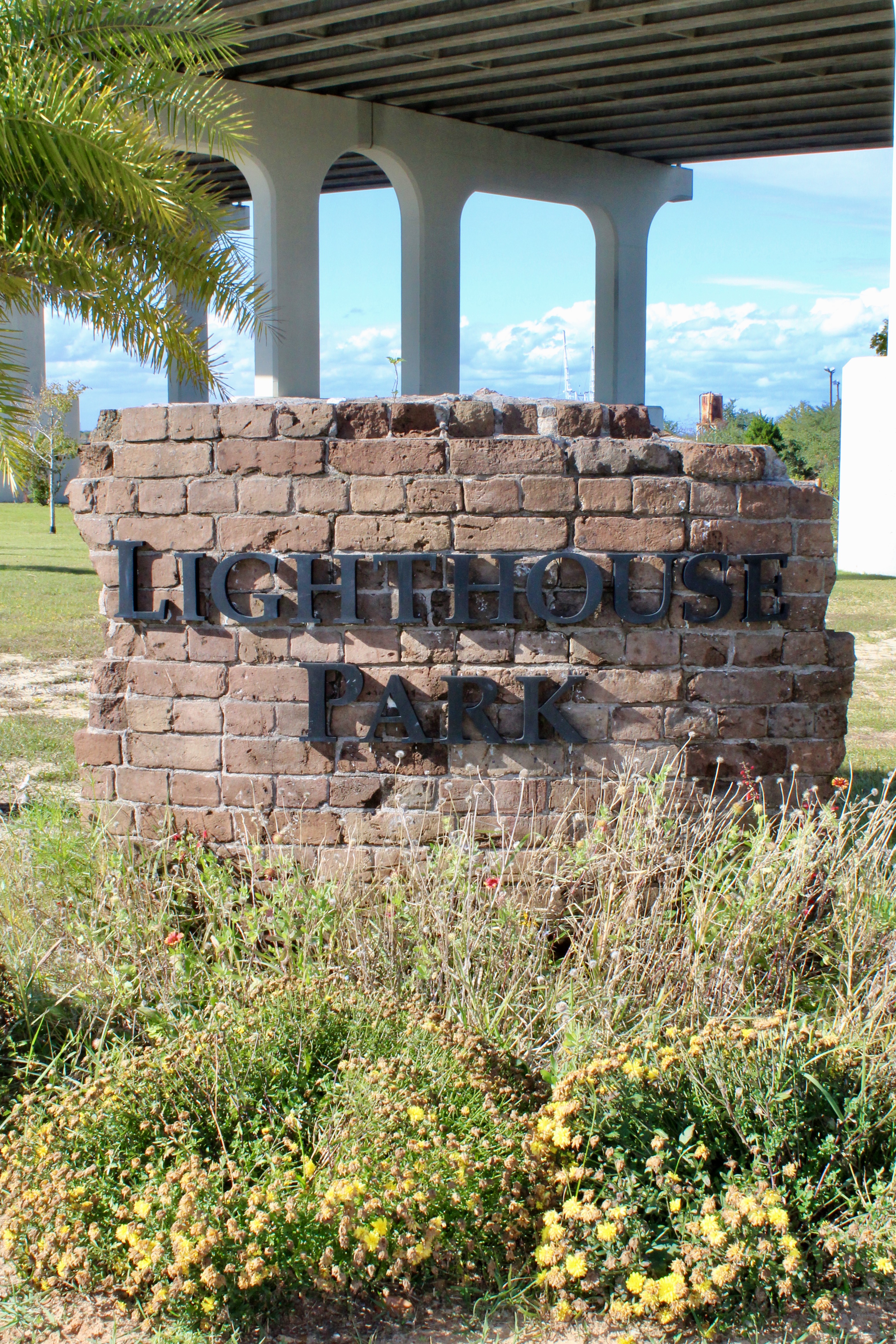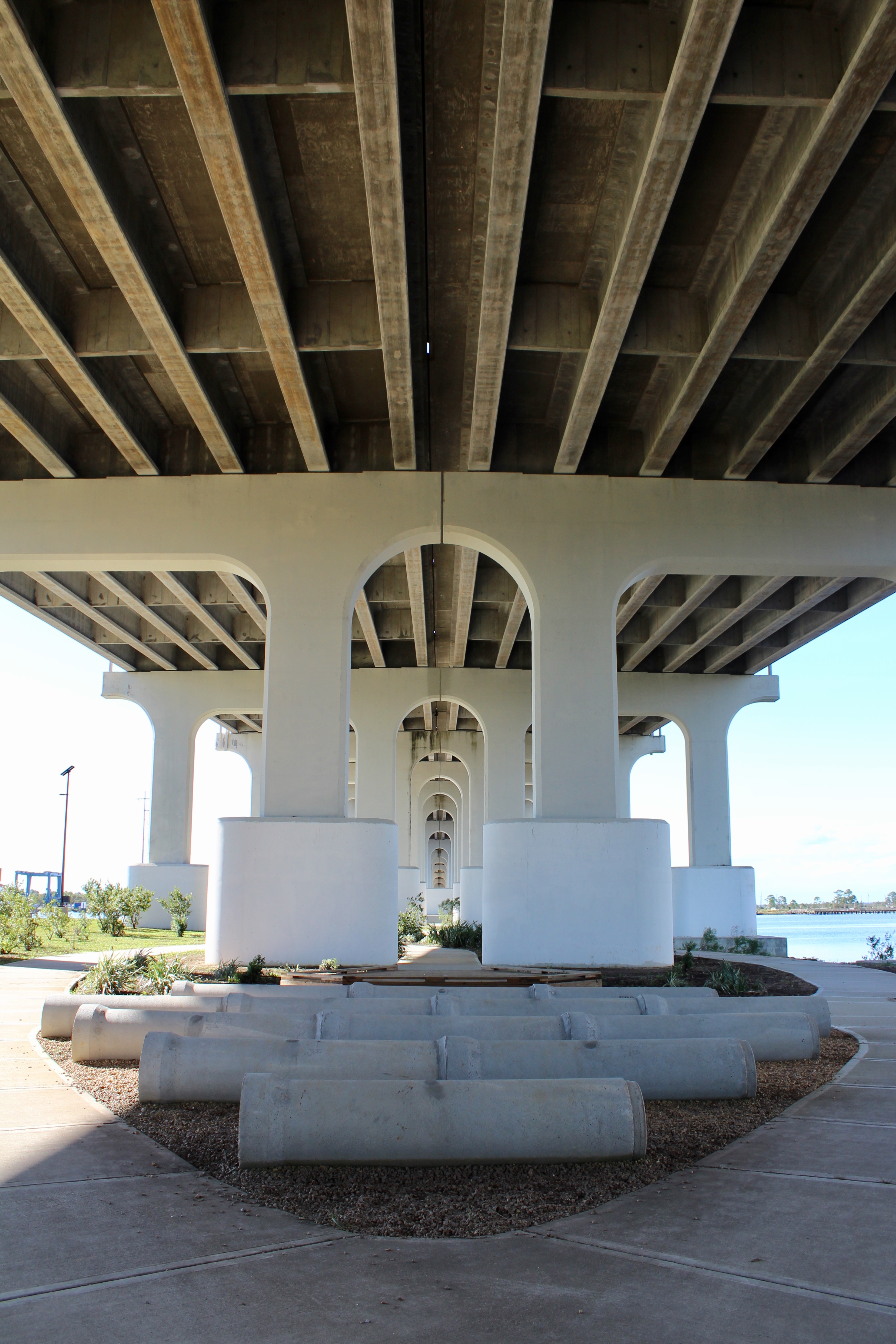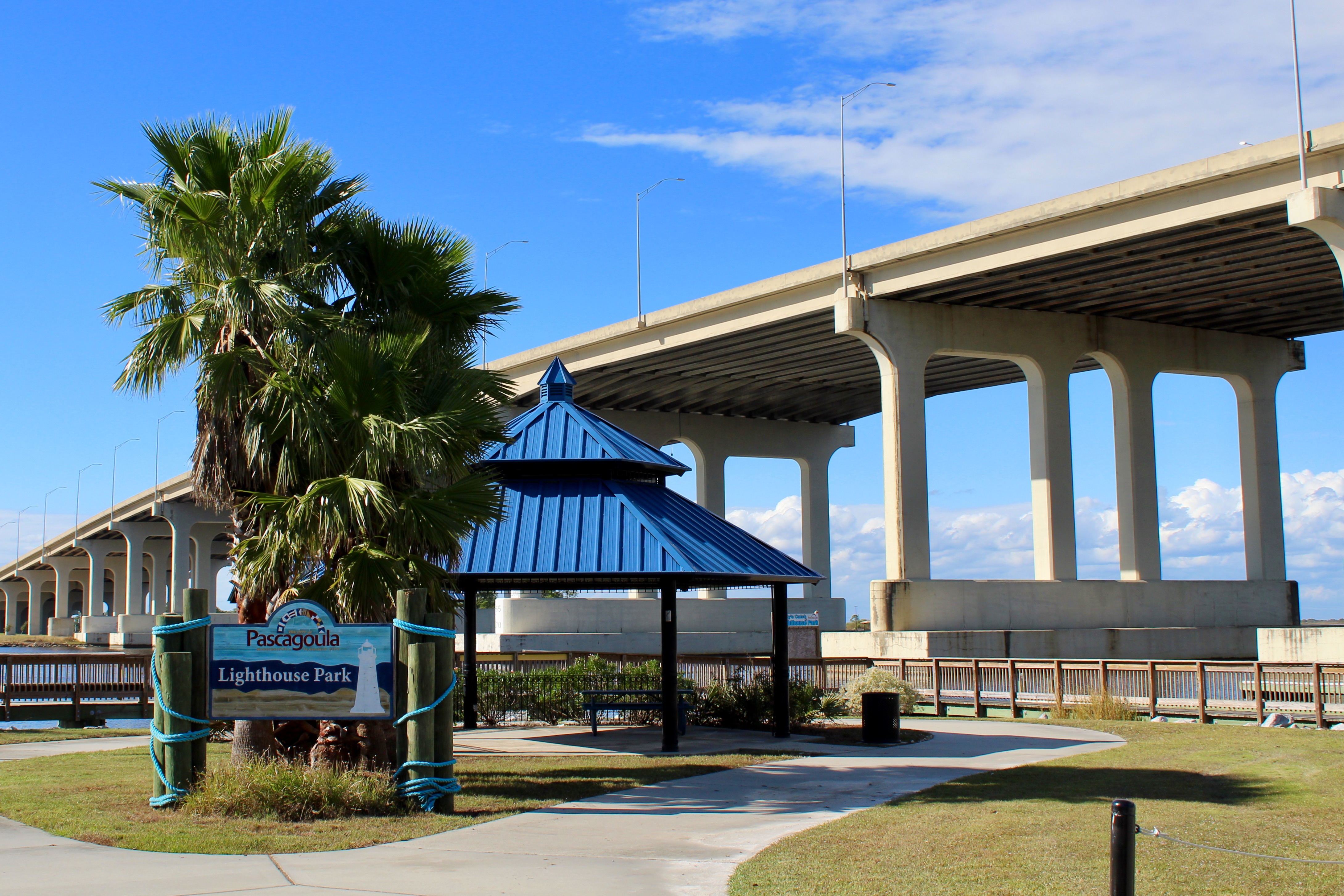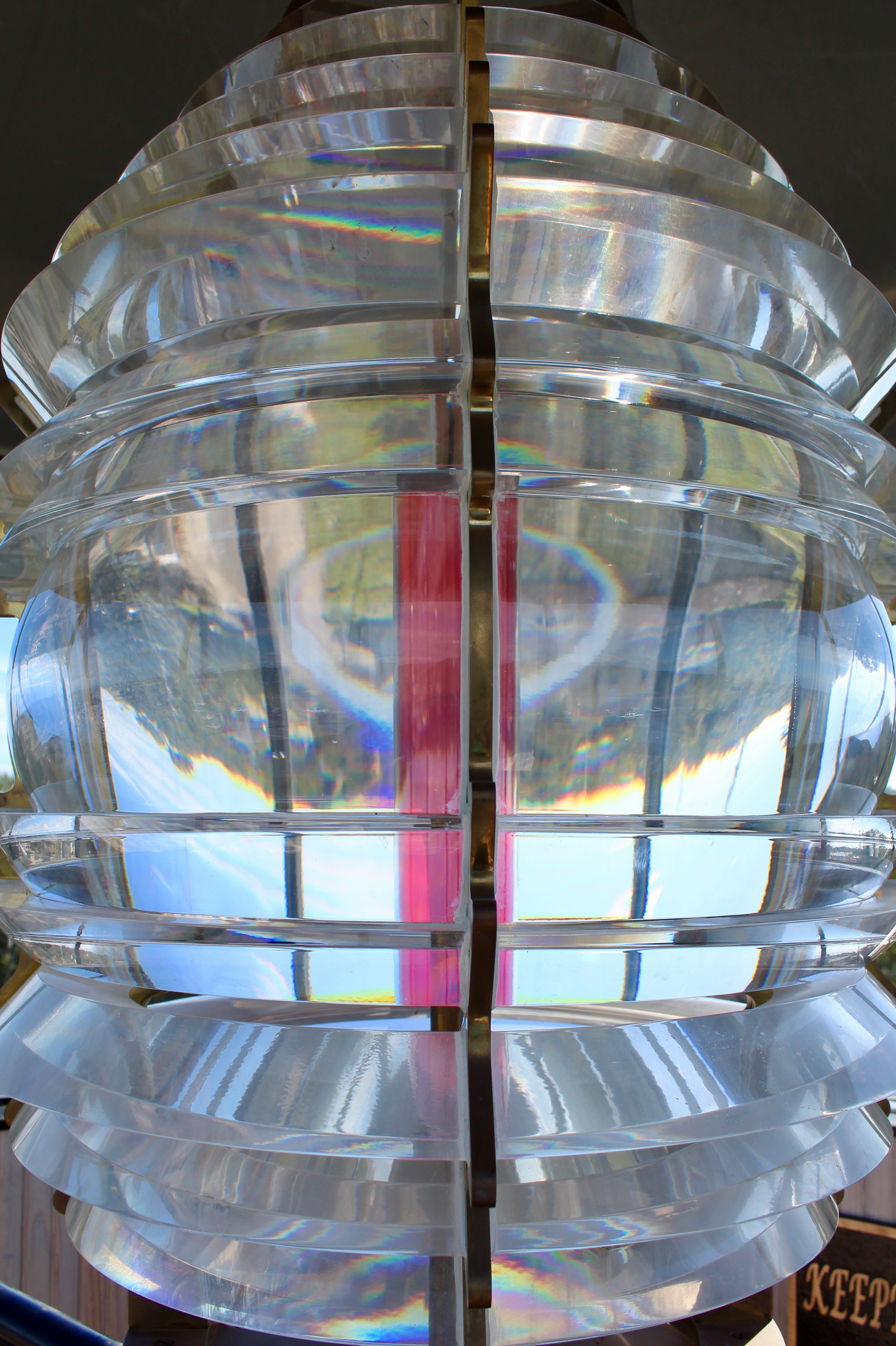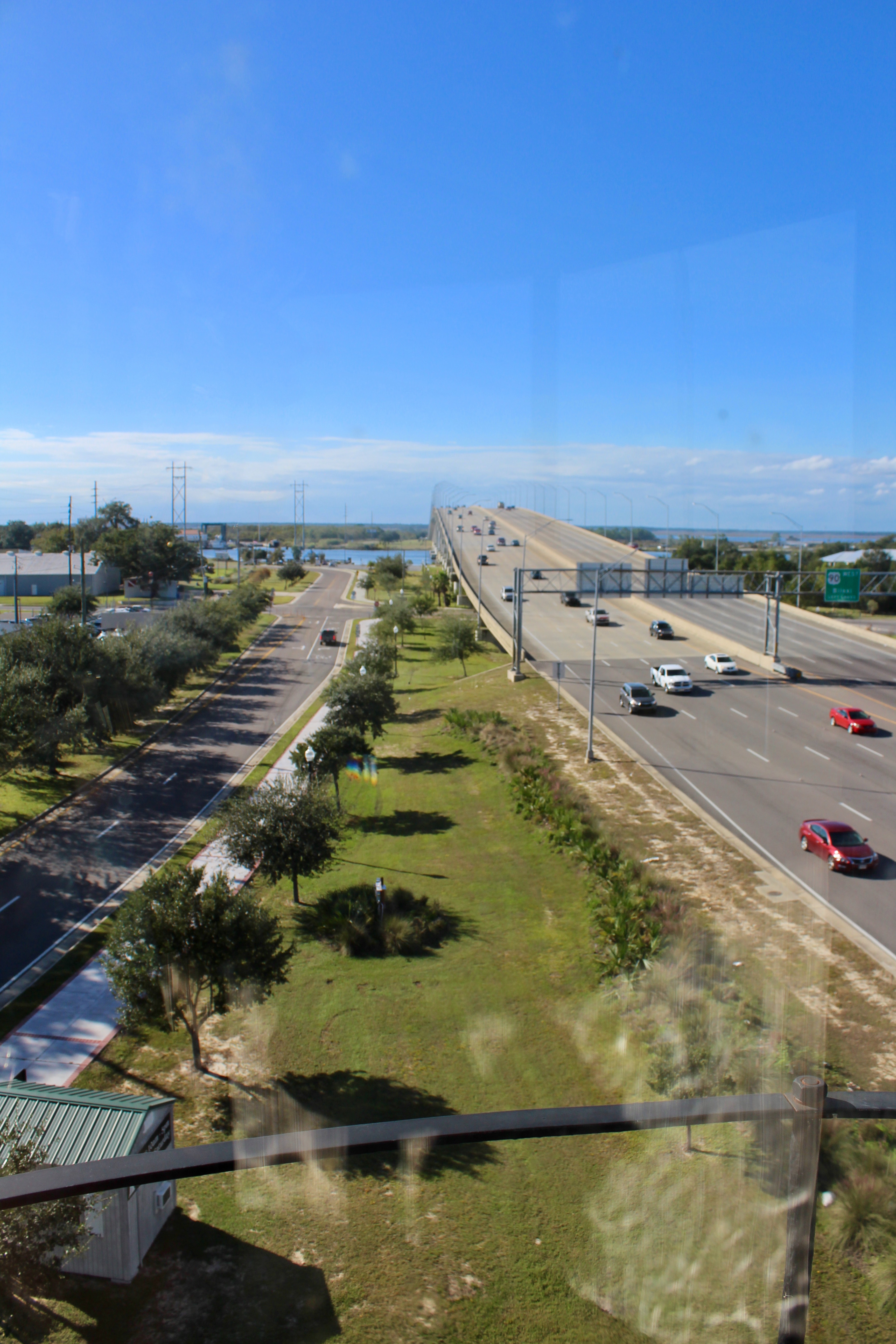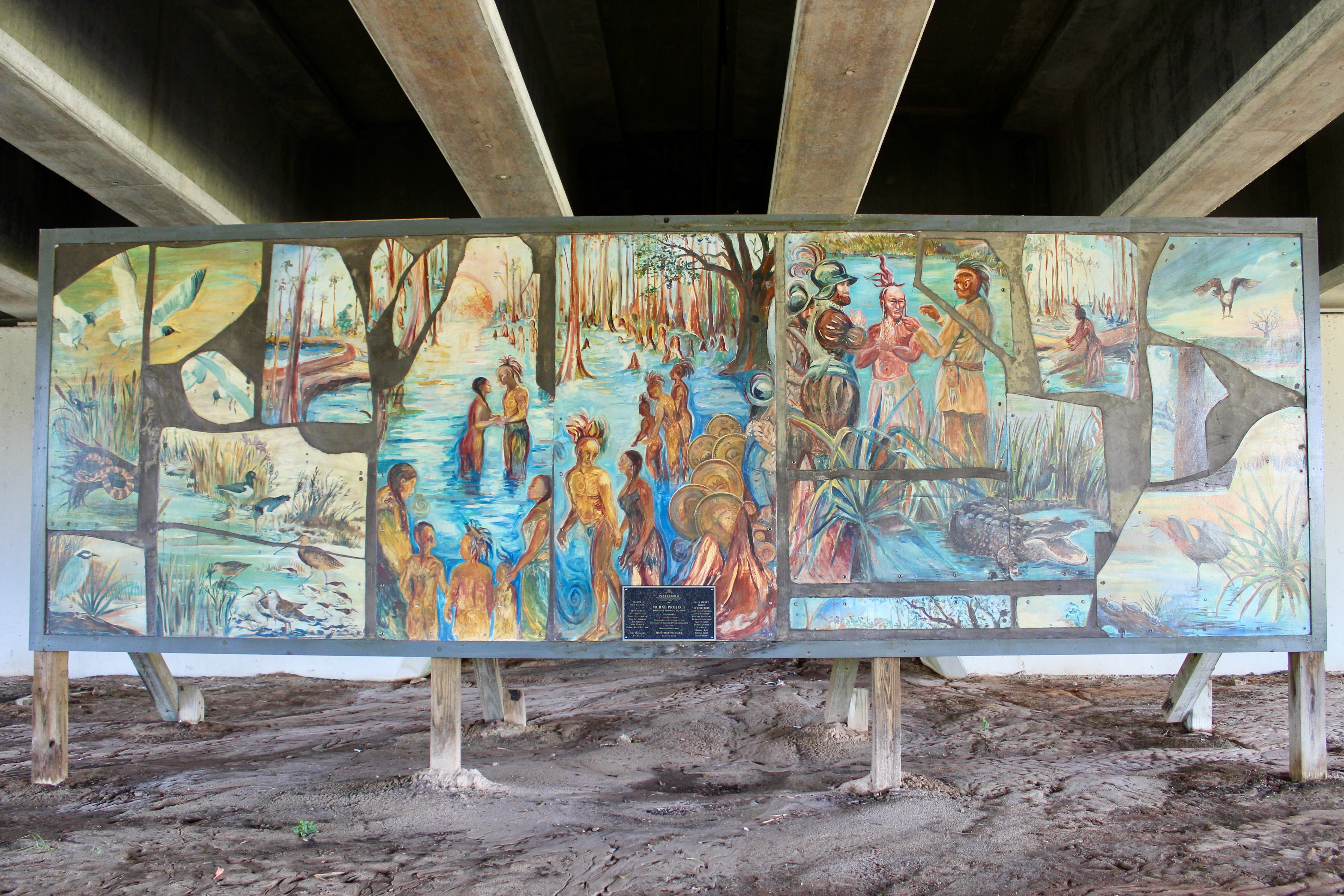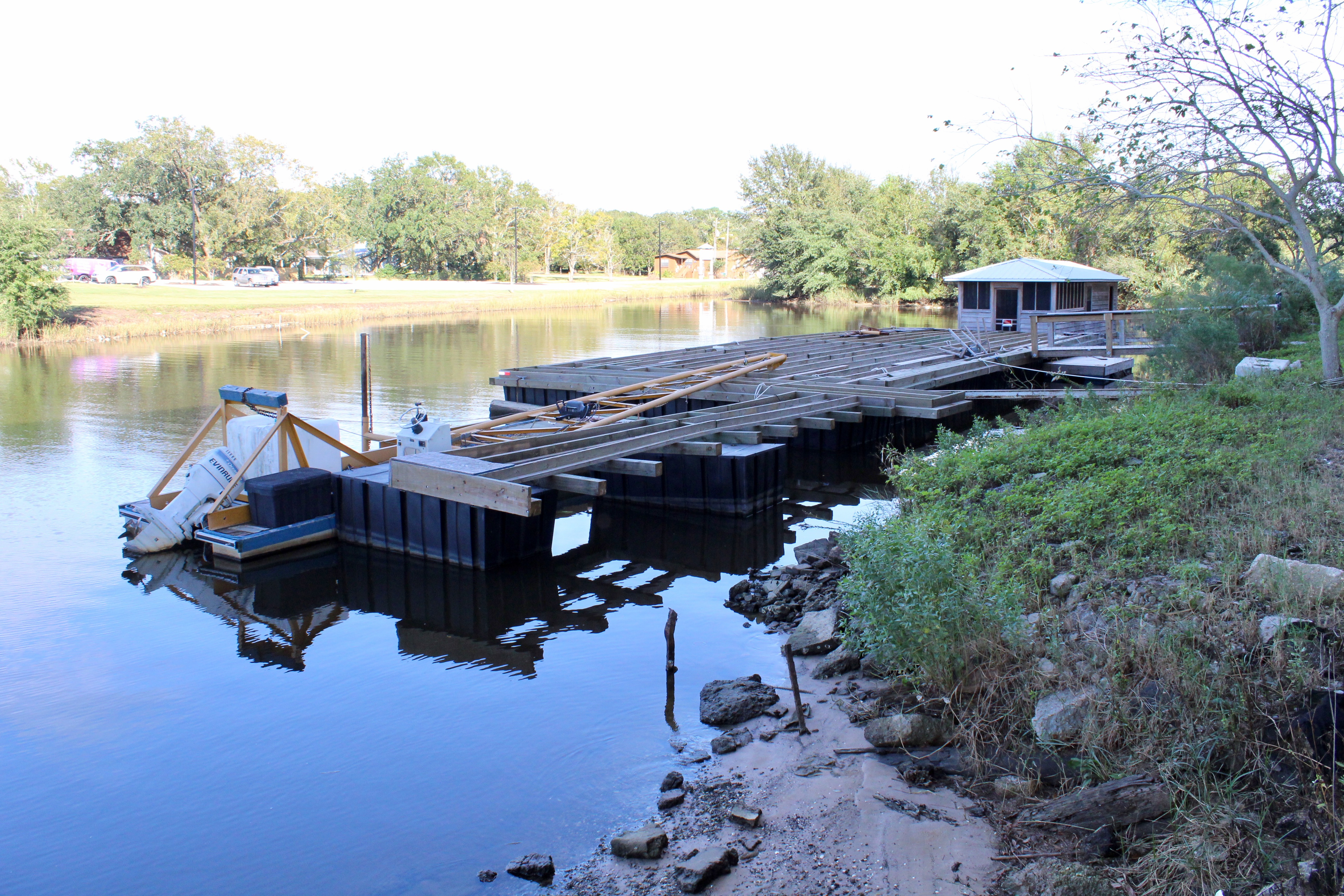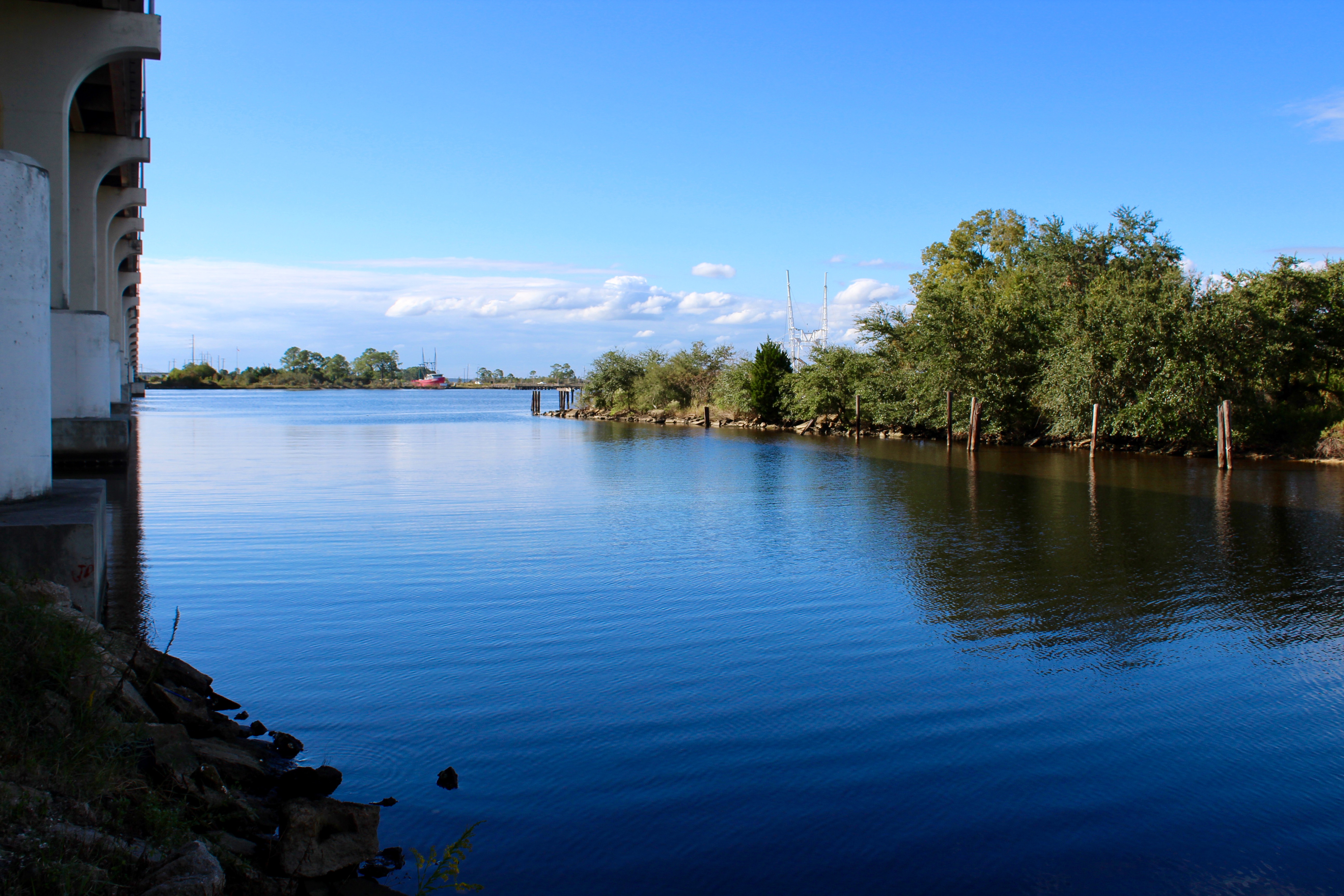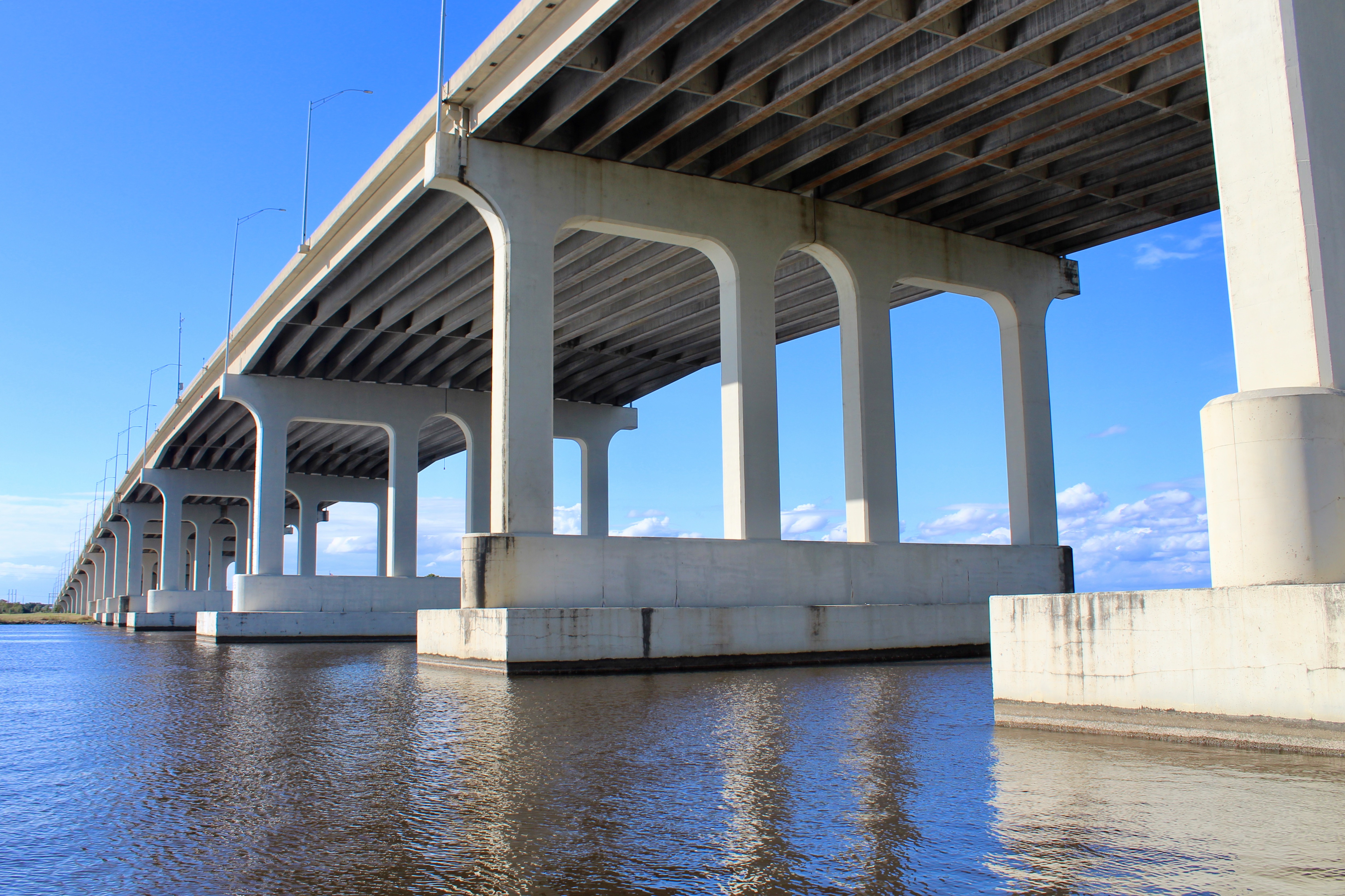Okay, this is my new word, hike-searching. Every place that we visit, we look for fun and interesting places to take a walk in the woods (or on the beach, or in the desert, or in the mountains, or in the bayou, etc.). John and I need the exercise, and, our sweet doggie, Sadie, does as well. Plus, we all love the incredible beauty of our Mother Earth; and, Sadie never gets enough of new smells in new places.
We headed east to Moss Point, a small town near Pascagoula, MS, planning to visit the Pascagoula River Audubon Center and the Grand Bay National Estuarine Research Reserve (about 30 miles from the RV park).
Our first stop was the Audubon Center where parking is available in a lot across from the entrance.
I went into the visitor center and learned that dogs are not allowed on-site. Ouch. The admission fee is $8/adults; $6/seniors. I did a quick walkabout and checked out the exhibits inside, while John and Sadie waited for me.
All of the water in these wetlands flow to Rhodes Bayou (that flows into the Mississippi Sound/Gulf of Mexico). There are boardwalks over the marshes to the bayou.
Kayaks are available for rent. Also, a 2-hour boat tour along the Pascagoula River is offered from this location ($30/per).
The Audubon Center seemed isolated, but is actually very close to major roads.
The Pascagoula River originates to the northwest in George County (MS) at the confluence of the Leaf and Chickasawhay Rivers. It is one of the largest free-flowing rivers and and the last unimpeded major river system in the country. The Pascagoula River watershed is an area of about 9,000 square miles and is the focus conservation efforts. The center also had some live animals on display including this turtle.
Fine art of the area by local artists are display in the art gallery.
The folks at the Audubon Center informed us that dogs are also not permitted at the Grand Bay Estuarine Center, so we scratched that destination off the list for the day and headed to I.G. Levy Park. The Pascagoula Nature Center is located there and Sadie could enjoy some outdoor time.
There are live reptiles on display, including this snake, but the taxidermy animals here are very impressive. Below are a bobcat, red fox, otter, two raccoons (one is an albino), and alligators.
Below four types of squirrels indigenous to the area: red squirrel, large grey squirrel, rare albino, and a flying squirrel.
Wild boars can also be found in this area (I would not want to unexpectedly run into one in the woods!)
Numerous birds were also on display including a peregrine falcon, mallard duck, and owl.
Outside are several peacock (only one adult male) and some rabbits.
Also at I.G. Levy Park is scenic
Whitehead Lake that is a popular for
fishing. Check out the
catfish caught from the boardwalk. Several
osprey make their home here, although we only saw the nest and not the birds.
A pavilion overlooks the lake and a boardwalk leads out to a small island. Sadie had a lot of fun here!
Our last stop for the day in Pascagoula was Lighthouse Park along the Pascagoula River. Most of the park is located under the Pascagoula River Bridge providing lots of shade for visitors. There is a small "amphitheater" with a wooden platform stage and seating on concrete drainage pipes. What a great design concept for a place that experiences flooding.
We walked along the Pascagoula River Environmental Trail to the Round Island Lighthouse. Originally situated on the south side of Round Island it was constructed in 1859 to warn of a the dangerous shoals there. With a fourth order Fresnel lens, it could be seen 14 miles out to sea. It was eventually automated (1940) and then decommissioned in 1944. It continued to serve as a beacon until it was nearly destroyed by Hurricane George in 1998 and further damaged by Hurricane Katrina in 2005. Preservationists efforts by the community resulted in the relocation of the lighthouse to the mainland.
You can climb to the top (42 steps) of the lighthouse on Fridays and Saturdays. There is no fee, but donations are appreciated.
The Fresnel lens is still in the lighthouse, but today the view is of Pascagoula instead of the the harbor.
Returning to the riverfront, we stopped to see the Singing River Mural that was painted here in 2005 after Hurricane Katrina.
This dock was destroyed by Hurricane Nate earlier this month. Kayak and canoe launches are available near the dock. The bridge provides shelter and a picturesque backdrop to the park.
Despite the fact that we did not find any good hiking trails, it was an interesting visit to Pascagoula. And we enjoyed some time outdoors with Sadie at the two parks.
